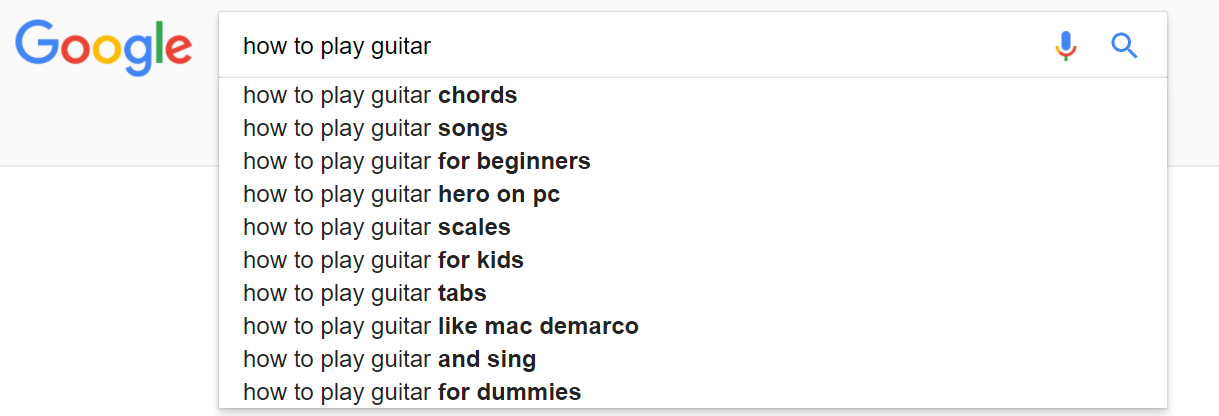
In this article, we’ll cover what header tags actually are and why they are important for SEO practitioners. We’ll also provide some tips to make sure your headings pop and provide a solid foundation for the rest of your on-page content to live in.
What are Header Tags?
If you’ve ever viewed the source code of a web page (if you’re using Chrome, hit Control+U), you’ve probably seen these. Header tags are HTML tags used to designate different headings on a page – helping to provide structure and clarity about the page’s content for both readers and search engines.
An h1 tag is typically used for the primary title on a page. For example, on this very page, the h1 is “Are Header Tags Important for SEO?”.
These tags wrap around your heading with opening and closing tags like this: <h1>Are Header Tags Important for SEO?</h1>
The same goes for sub-header tags from h2 all the way through to h6. For example, the section you’re currently reading sits under an h2 header: “What are Header Tags?”
As you might have guessed, header tags are numbered to help provide a hierarchy to your headings. For instance, when an h3 is nested under an h2, it typically sends a signal to search engines that the h3 section is a subtopic of the h2 section above it. This can be especially useful when you’re thinking about how to structure your page and the various topics and subtopics you want to talk about.
Are Headings Really Important for SEO?
There are two primary reasons on-page headings are important for SEO: contextual relevance and creating a good reading experience for users.
Contextual Relevance
In other words, header tags are a great way to ensure you’re optimizing for your target keywords. Not only should you incorporate keywords into your headings (in as natural a way as possible!), you can also use them to make sure you’re giving visibility to the topics your users are interested in.
For example, if I was optimizing a page for “red shoes” queries and I noticed that a lot of competitors were talking about laces on their page, I might want to add a new heading to my page specifically discussing laces.
Helping the Readability of Your Content
A proper structure to your page provides a good experience for both search engine crawlers and users.
Have you ever clicked on a web page and been greeted with a giant, unbroken block of text? If so, you know it can be difficult to know where to start. Or even, which part of the giant block of text is most relevant to you.
By breaking things down into an easily-scannable structure, you enable your reader to quickly get the answers they are looking for from your page.
How to Write Great Headings
Mine Your Data
Make sure you’re pulling insights from all the data you have available:
- Conducting in-depth keyword research
- Mining People Also Ask boxes for your target keywords for potential page headings
- Performing competitor research to understand how high-performing pages are structuring their headings
Use Keywords Naturally
As mentioned above, try to incorporate your target keywords into your page’s headings as naturally as possible. It’s very tempting to stuff as many as you can into a single h2. However, this won’t help you or your users in the long run.
If you’re unsure about whether you’re using a keyword naturally, a good tip is to say the heading out loud. If it sounds awkward, it’s probably a good idea to rewrite it.













